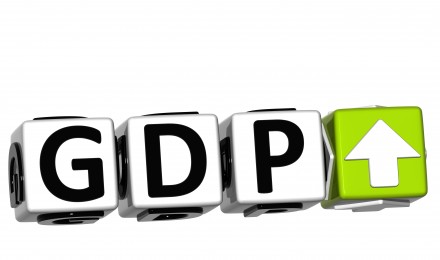A recent release by the US Department of Labor provided promising information on the future of the American economy based on data they collected from the second week in January. The jobless claims for the week of January 14 fell by 50,000, compared to the previous week. This number represents the largest drop since September 2008 when economic expansion was in progress.
The jobless claims report is released on a weekly basis. It reports how many workers have filed new claims for unemployment. A higher number of claims represents a larger amount of layoffs and economic uncertainty. A lower amount of claims represents a stronger job market and greater economic certainty.
When more individuals have jobs, investors feel more secure about the economy and are more likely to invest. Investing leads to greater economic strength and expansion. If unemployment claims rise, investors typically respond by undertaking fewer investment opportunities. Having this new information on the jobless claims will likely inspire more activity in the stock market in the next few days. Similarly, when more Americans have jobs, they are more likely to feel confident in their income and more likely to spend money, putting finances back into the economy. This spending helps to stimulate the economy. Spending is constricted when more individuals are unemployed.
Although the drastic decline in claims is a positive indication of the economy, it must not be used to completely predict the strength of the economy. Jobless claims are released on a weekly basis, so they are more volatile than statistics that measure a longer duration of time. Additionally, jobless claims in January may be affected by job loss due to seasonal unemployment, particularly amongst retailers or other holiday-related businesses. More individuals likely filed for unemployment immediately after the Christmas holiday than in the middle of January.
However, the jobless claim 4-week average continues to decrease, as it has steadily done so during the last few months. The 4-week average of jobless claims is down by 34,000. This average uses a longer duration to measure the number of jobless claims, so it is a steadier indication of the prospective health of the economy as a whole.
Coupled with increased holiday sales and a rise in inventories, the continuing decrease of jobless claims points to a stronger economy for 2012. More consumers are feeling comfortable with their spending habits, particularly because more people are seeking employment and not solely relying on unemployment to pay their bills.
A recent release by the US Department of Labor provided promising information on the future of the American economy based on data they collected from the second week in January. The jobless claims for the week of January 14 fell by 50,000, compared to the previous week. This number represents the largest drop since September 2008 when economic expansion was in progress.
The jobless claims report is released on a weekly basis. It reports how many workers have filed new claims for unemployment. A higher number of claims represents a larger amount of layoffs and economic uncertainty. A lower amount of claims represents a stronger job market and greater economic certainty.
When more individuals have jobs, investors feel more secure about the economy and are more likely to invest. Investing leads to greater economic strength and expansion. If unemployment claims rise, investors typically respond by undertaking fewer investment opportunities. Having this new information on the jobless claims will likely inspire more activity in the stock market in the next few days. Similarly, when more Americans have jobs, they are more likely to feel confident in their income and more likely to spend money, putting finances back into the economy. This spending helps to stimulate the economy. Spending is constricted when more individuals are unemployed.
Although the drastic decline in claims is a positive indication of the economy, it must not be used to completely predict the strength of the economy. Jobless claims are released on a weekly basis, so they are more volatile than statistics that measure a longer duration of time. Additionally, jobless claims in January may be affected by job loss due to seasonal unemployment, particularly amongst retailers or other holiday-related businesses. More individuals likely filed for unemployment immediately after the Christmas holiday than in the middle of January.
However, the jobless claim 4-week average continues to decrease, as it has steadily done so during the last few months. The 4-week average of jobless claims is down by 34,000. This average uses a longer duration to measure the number of jobless claims, so it is a steadier indication of the prospective health of the economy as a whole.
Coupled with increased holiday sales and a rise in inventories, the continuing decrease of jobless claims points to a stronger economy for 2012. More consumers are feeling comfortable with their spending habits, particularly because more people are seeking employment and not solely relying on unemployment to pay their bills.







